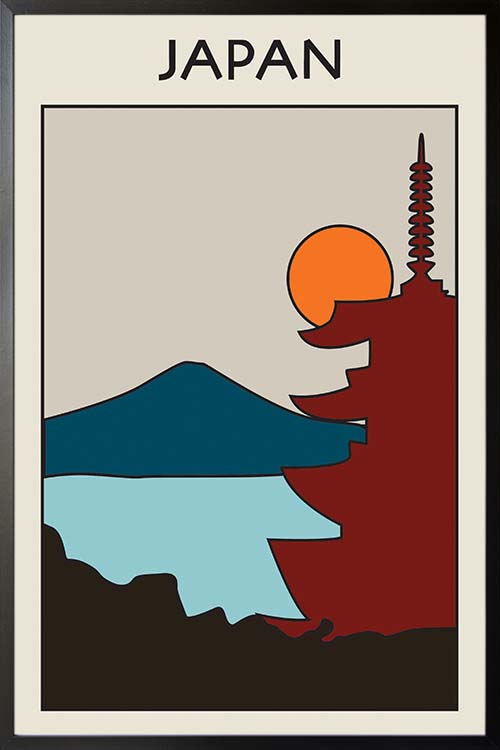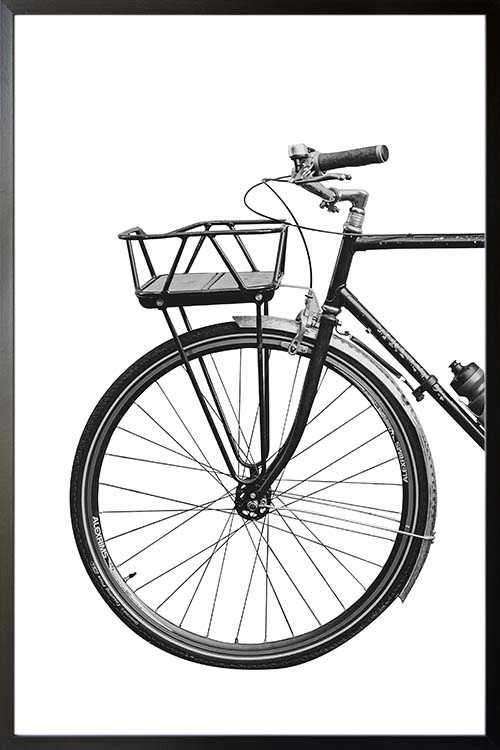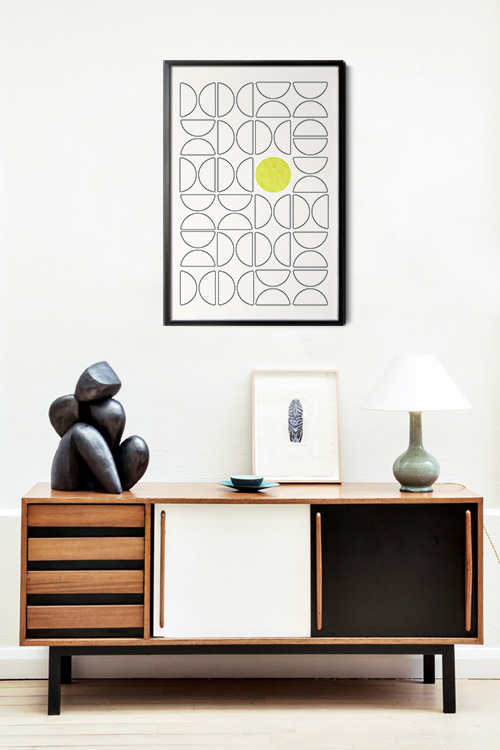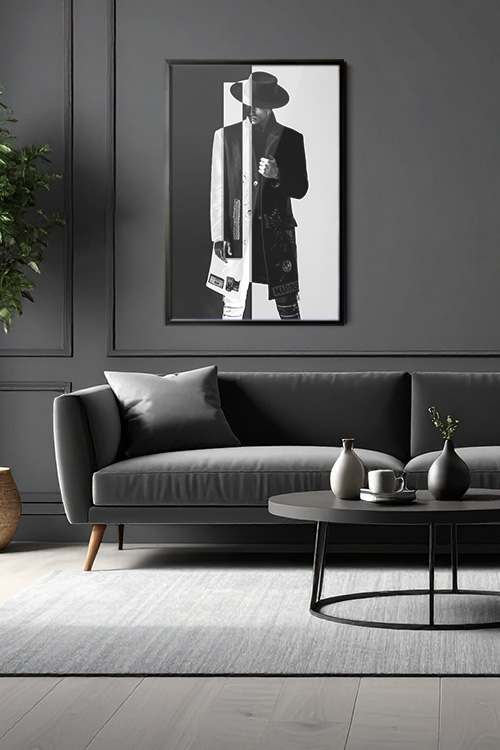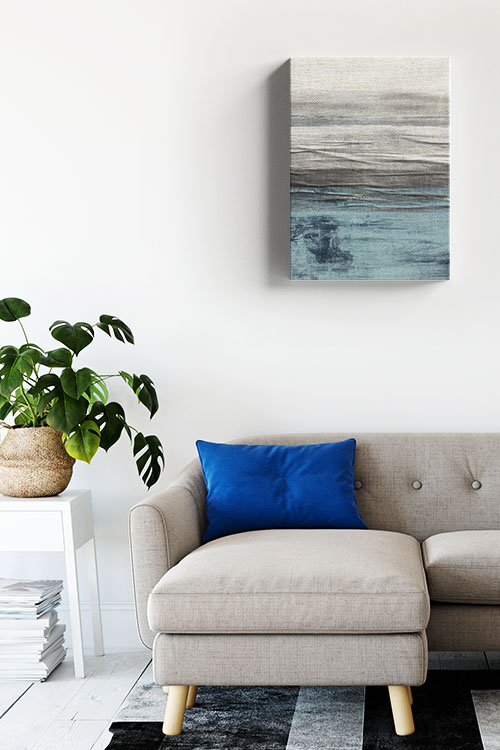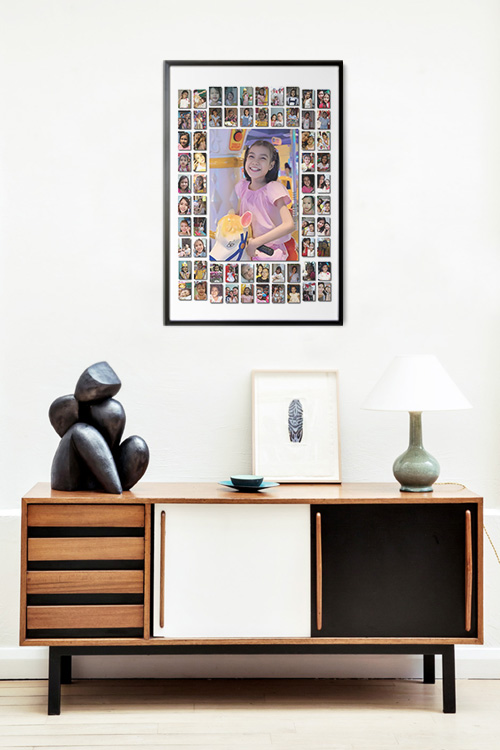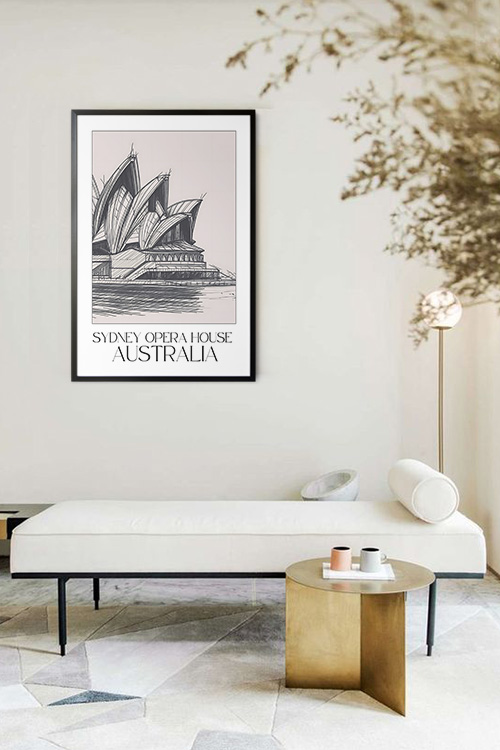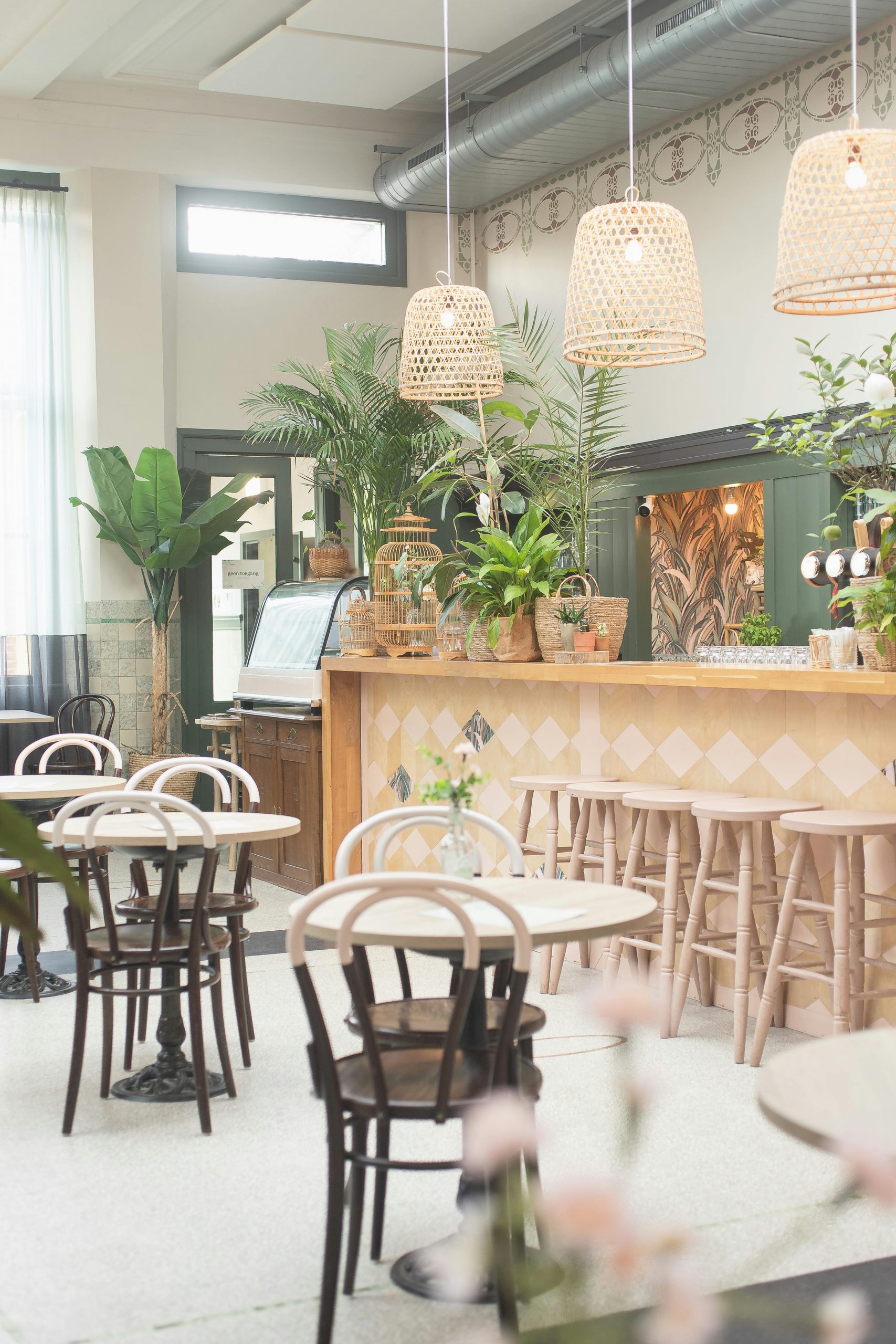
Creating the perfect ambiance in your space often hinges on the strategic use of lighting. Whether you’re aiming for cozy evenings or vibrant productivity, here’s how you can harness the power of lighting to transform any room:
Understand Your Space
Begin your lighting journey by gaining a thorough understanding of your room’s layout and intended purpose. Each area has its unique lighting needs. For instance, a living room might thrive with a blend of ambient, task, and accent lighting to cater to various activities.
Layer Your Lighting
Layering involves using different types of lighting to create depth and functionality. Start with ambient lighting, such as overhead fixtures or recessed lights, to provide overall illumination. Then, incorporate task lighting, such as desk lamps or under-cabinet lights, for specific activities. Finally, add accent lighting with spotlights or wall sconces to highlight architectural features or artworks.
Play with Color Temperature
The color temperature of light can significantly impact the mood of a room. Warm hues create a cozy and inviting atmosphere, perfect for living rooms and bedrooms. Cooler temperatures are ideal for workspaces or kitchens where task visibility is crucial.
Utilize Dimmers and Controls
Installing dimmer switches allows you to adjust the brightness according to different needs and times of day. This flexibility not only enhances ambiance but also saves energy by reducing light intensity when full brightness isn’t necessary.
Highlight Architectural Details
Use lighting to draw attention to architectural elements, such as archways, alcoves, or ceiling beams. This not only adds visual interest but also creates a sense of depth and dimension within the room.
Incorporate Statement Fixtures
Select light fixtures that also serve as decorative pieces to complement your interior style. Whether it’s a striking pendant light, a sculptural floor lamp, or vintage wall sconces, these fixtures can serve as focal points while illuminating the space.
Consider Natural Light
Maximizing natural light can transform the ambiance of any room. Optimize window treatments to control the intensity of sunlight and create a seamless blend with artificial lighting during darker hours.
Create Zones with Lighting
In open plan spaces, use lighting to define different zones or areas. This can be achieved through pendant lights over dining tables, floor lamps in reading corners, or track lighting to delineate pathways.
Reflective Surfaces
Mirrors and glossy finishes can help distribute light throughout the room, making it appear brighter and more spacious. Positioning mirrors strategically opposite light sources can amplify their effect.
Regular Maintenance
Keep your lighting fixtures clean and in good repair to ensure they function optimally. Replace bulbs promptly to maintain consistent brightness and color temperature.
In a Nutshell
By carefully considering these tips and experimenting with different lighting solutions, you can effectively transform your space into a welcoming, functional, and aesthetically pleasing environment tailored to your lifestyle and preferences.
